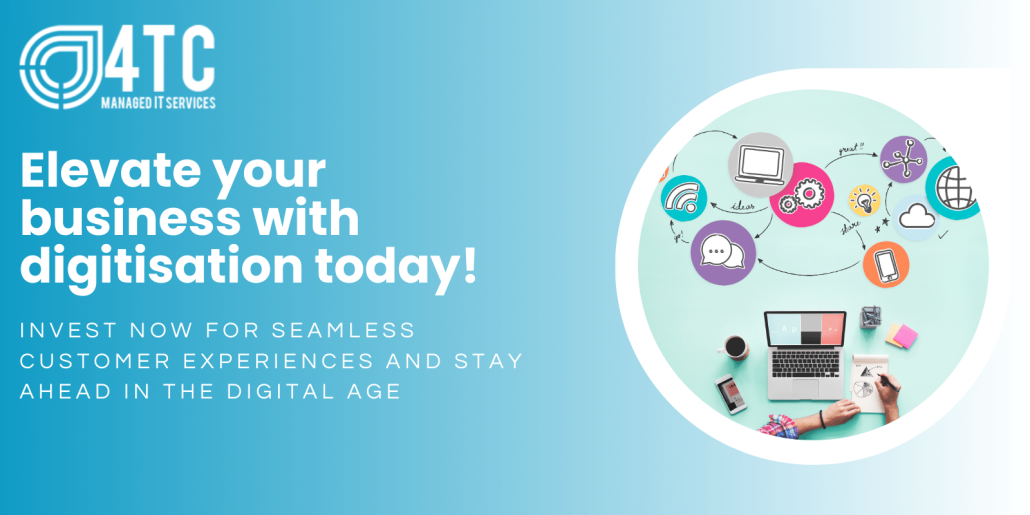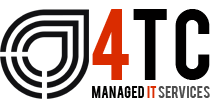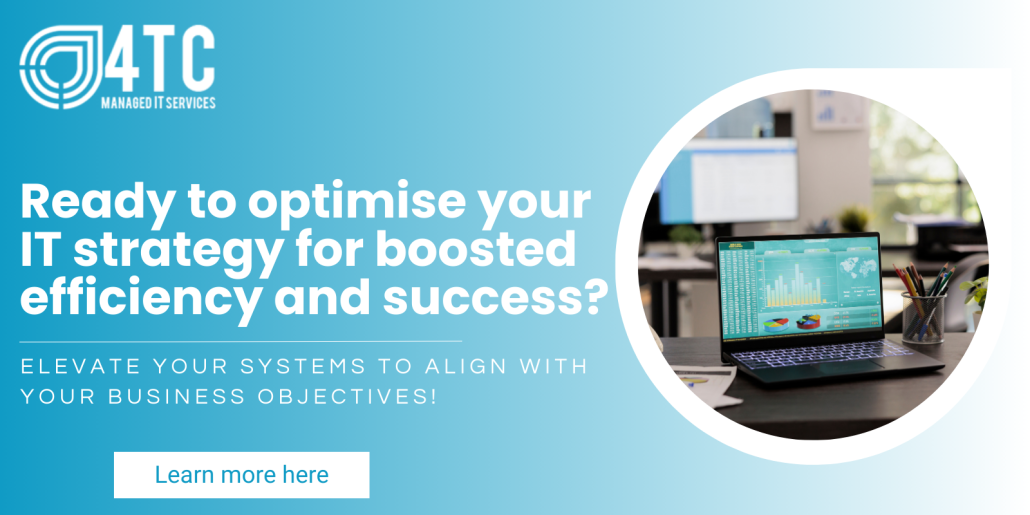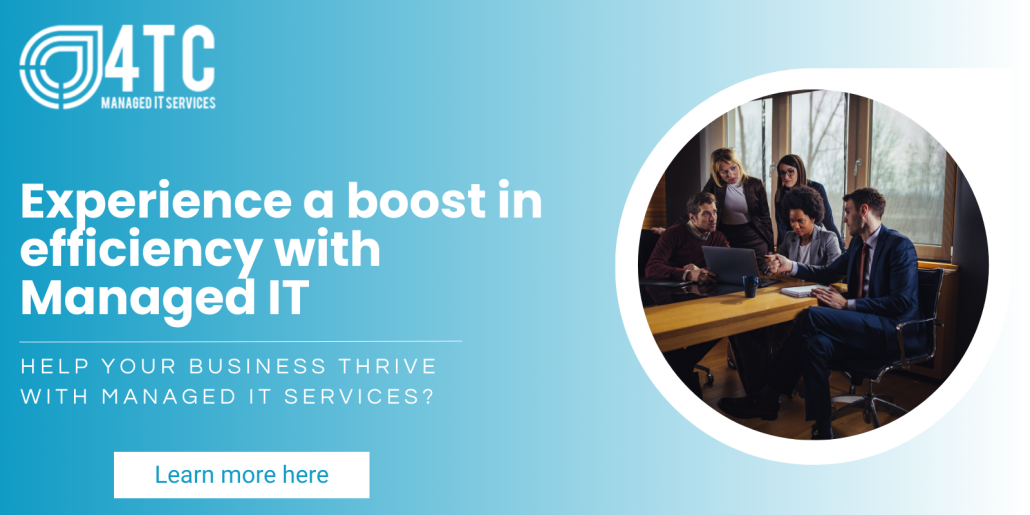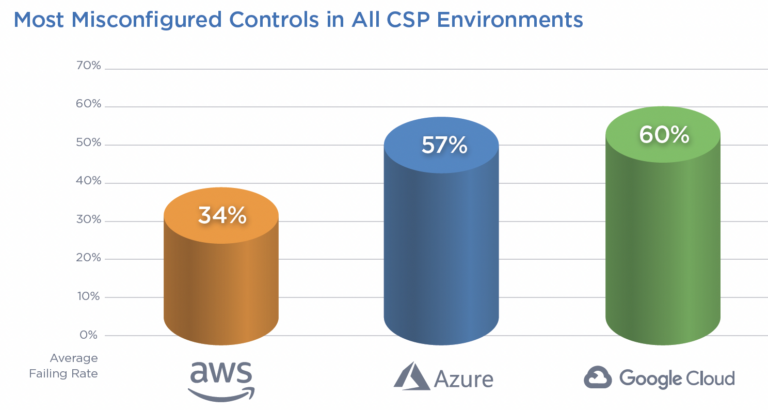Elevating Customer Experiences Through Technology – 7 Essential Technologies for Optimising Customer Journeys
As our businesses move further and further into the online realm, delivering a smooth, digitised customer experience (CX) has never been more vital. Modern customers have come to expect convenient, meaningful, and consistent interactions with the businesses they engage with, and they increasingly expect these interactions to be supported by intelligent digital solutions.
By integrating technology tactically into your customer journey, you can ensure that customers come away satisfied, bolstering your business’s reputation, and fostering higher customer retention rates. You’ll also help to maximise conversions, by removing the obstacles and frustrations that might otherwise see prospects taking their business elsewhere.
In our previous blog, we looked at the benefits of a digitised customer experience (CX) from the customer’s perspective, and discussed the role of technology in facilitating the best possible customer journeys. Now, let’s consider the operational benefits that a digitised CX can provide for your business, before looking at 7 essential technologies you should consider for your customer experience framework.
A Digitised Customer Experience – The Operational Benefits
Here are some operational and business benefits that you can gain by digitising your customer experience:
Operational Efficiency
Drive improvements in operational efficiency by introducing automation to customer support, onboarding, and marketing processes. By automating menial processes you’ll give staff more time to focus on strategically valuable activities, and deliver better outcomes for customers by minimising processing errors.
Scalable Resources
Digital solutions can more easily scale to meet demand fluctuations than staffed customer service and support functions. Benefit from flexible solutions that adjust quickly to changing needs without the cost implications that come with staffing a helpline.
Valuable Data Insights
Digitisation supports the increased collection and analysis of customer data, much of which can provide valuable insights into behaviours, preferences, and trends. This information can be harnessed to drive operational improvements and provide a guide for more effective marketing and outreach efforts.
Consistent Interactions
Digital solutions can help to ensure that customers experience consistent and predictable service no matter which channel or touchpoint they’re using. By achieving greater consistency, you’ll foster better customer satisfaction scores and improve retention.
Gain a Competitive Advantage
A polished, streamlined customer experience underpinned by leading technologies will help you differentiate yourself from the competition, giving your business a distinct competitive edge in the crowded digital marketplace.
Increased Revenue
A high-quality, tech-infused customer experience can translate to increased revenue through increased conversions, greater company loyalty, and a greater number of referrals. Studies show that investments in the customer experience can significantly improve customer lifetime value.
7 Essential Technologies for a Digitally Optimised Customer Experience
While there are countless ways to digitise the customer experience, a number of technologies stand out when it comes to delivering value, both for businesses and their customers. Here are seven essential technologies you should consider to revolutionise your customer experience:
AI Chatbots
Web-based chatbots used to be frustrating to use and limited in their functionality. Now, thanks to artificial intelligence, chatbots can autonomously handle organic customer enquiries and provide recommendations and guidance based on preferences, prompts, and browsing histories. Moreover, chatbots operate 24/7 to provide the immediacy of service that’s come to be expected in our modern world.
The Cloud
Cloud solutions have arguably played a greater part in the customer experience revolution than any other technology domain. The cloud has become a customer experience mainstay by supporting and streamlining backend processes and enabling companies to quickly scale customer service resources in response to changing demands. Thanks to failover systems and redundancy, the cloud supports a resilient and secure customer experience. With platform-as-a-service (PaaS) offerings, businesses of all sizes are empowered to explore new technologies and develop bespoke CX solutions.
Data Analytics
Data has become one of the most valuable commodities in business, providing the insights necessary to increase sales, optimise processes, and make accurate financial predictions. A data-driven, digitised customer experience allows you to identify bottlenecks and issues within your customer journeys. Cloud-based analytics tools can be used to gather and analyse data across multiple touchpoints, allowing you to optimise processes, tackle pinch points, and track behavioural trends to drive better sales and marketing outcomes.
CRM Software
Customer relationship management systems act as a centralised repository for customer information and data on past interactions. CRMs make it easy to search for and retrieve customer data, facilitating seamless and professional interactions should a customer have to reach out for support. Modern CRM systems feature automated sales and marketing capabilities, enabling businesses to streamline and automate campaigns and yield maximum value from their sales pipelines by leveraging data insights.
Self-Service Portals
Self-service portals fulfil a critical function within a customer experience framework. They provide a convenient and accessible source of information and allow customers to perform account management functions or access support with no (or limited) intervention from customer service agents. Knowledge bases, chatbots, and account management web applications are just some of the ways businesses support self-service functionality in their customer experiences.
Marketing Automation Solutions
Marketing automation software can help businesses launch more effective marketing plans based on data aggregated across multiple digital touchpoints. Software can gather and track a range of customer data metrics, including purchase histories, preferences, browsing behaviours, and demographics. By analysing this data, businesses can better tailor, schedule, and coordinate marketing campaigns, ensuring outreach efforts achieve maximum return on investment.
Virtual/Augmented Reality (VR and AR)
VR and AR are set to make waves in terms of how customers interact with vendors and service providers. These emerging technologies enable businesses to provide a visually immersive virtual experience that conveys the benefits and qualities of a product or service, ensuring the customer can fully grasp what’s on offer before committing. VR and AR can be useful for removing doubt and uncertainty from the customer experience and help to drive sales through more valuable customer engagements.
In Summary
With a backdrop of a competitive digital marketplace and evolving customer expectations, strategic use of digital technology in the customer experience context has never been more important. We hope this short blog series has served as a useful introduction to customer experience technologies, and inspired you to consider how digital solutions could enhance your business’s service and support functions.
4TC Services – Managed IT, Support, and Solutions for London Businesses
Secure, reliable, and tailored IT is a pre-requisite for success in our digital age. Here at 4TC, our mission is to help businesses across London and the Southeast realise their untapped potential using technology. From IT management that minimises downtime, to custom solutions that address persistent operational challenges, we can help you harness technology to grow and deliver the best possible outcomes for your customers.
To find out more, get in touch with 4TC today. We’d love to hear from you, and help you overcome your IT challenges.
